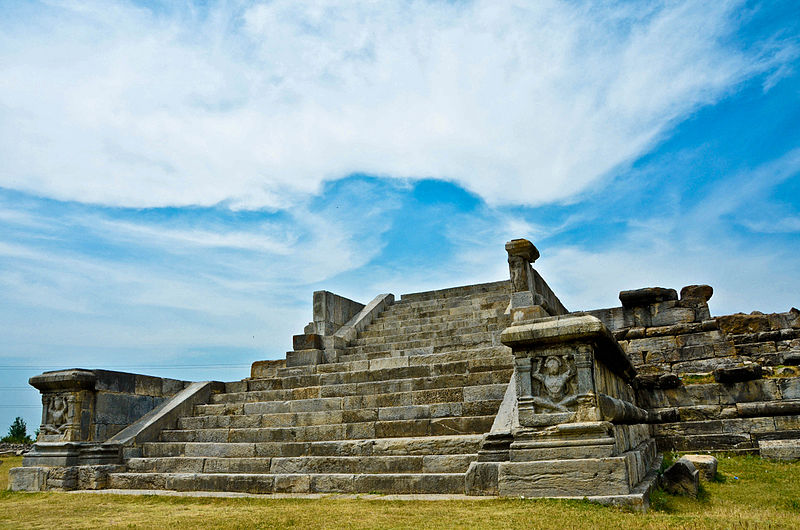Parihaspore Buddhist Stupa- Jammu and Kashmir

Address
Parihaspore Buddhist Stupa- Parihaspur Village, Srinagar, Near Kashmir Valley, Jammu and Kashmir
Diety
Buddha
Introduction
Parihaspora or Parihaspur or Paraspore or Paraspur was a small town 22 kilometres (14 mi) northwest of Srinagar in the Kashmir Valley. It was built on a plateau above the Jhelum River. It was built by Lalitaditya Muktapida (695–731) and served as the capital of Kashmir during his reign. Lying next to a local Engineering College this mostly abandoned site is a sad reminder today of the glorious age of Lalitaditya.
Puranic Significance
It was built by Lalitaditya Muktapida (695–731) of the Karkota dynasty. He moved his capital from Srinagar to Parihaspur. Parihaspur lost its status as a capital after Lalitaditya’s death. His son moved the royal residence. The Jhelum River is to the northeast of Parihaspur as it meets the Sind Nallah at Shadpur sangam. In the past this confluence of the rivers occurred closer to Parihaspur. The change in the course of the river is not natural but was engineered by famous Soya Pandit during Raja Avanti Varman’s time (855–883 AD). With the river access gone, the city suffered greatly. He moved the Capital here and built a Palace, Temples and a Buddhist Monastery over here. This was also the Golden Age of Buddhism in Kashmir but it existed in a syncretism alliance along with the Vedic beliefs. There was apparently a great statue of Vishnu made of Gold and an equally tall statue of the Buddha made in Copper. The ruins are spread over a large area and as of now only the bases of the great structures remain and these suggest that these must have been magnificent architectural specimens in their time. In fact the main structure here is quite bigger than the remains of the Great Sun Temple at Martand which is also attributed to Lalitaditya. The landscape is littered with stone blocks/ rocks of various sizes which at one time must have been a part of the great structures. Infact the locals nowadays refer to the place as “Kani Shahar” or the City of stones. The place lost its glory when Lalitaditya’s son decided to move the Capital again and apparently the Jehlum changed its course due to some human intervention and with no direct access to water the decline began. And then Avantivarman, who built the Temples at Avantipora moved the Capital again and his son Shankarvarman decided to move it again to Shankarpura (Pattan) and decided to cannibalize the stones from the Temples and Palaces here. On top of that another King Harsha decided to burn down the Temple and the Monastery after he suspected one of his rivals to be hiding there. Thus ended the glory of Parihaspora and whatever remained was destroyed by Sultan Sikandar in the 14 th century.
Century/Period/Age
6th-7th century CE.
Managed By
Archaeological Survey of India (ASI)
Nearest Bus Station
Parihaspur
Nearest Railway Station
Jammu Station
Nearest Airport
Jammu









